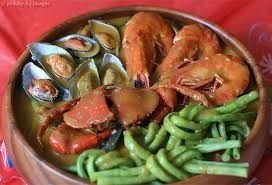Hello it's me again sharing some of my knowledge in cooking. :) I am not even close to a professional chef but learning dishes that my husband loves makes me more closer to his heart ayiee!..
Today we will be discussing about my husband's super favorite "ulam" (viand) Kare-kare.
KARE-KARE
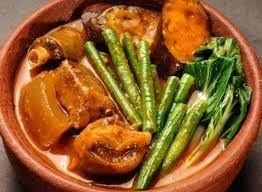
Image source : Google.com
What is Kare-kare? Kare-kare is a Philippine stew that is made from a thick savory peanut sauce and local vegetables like String beans, pechay, eggplant, and banana blossom. It is said that this dish was originally from Pampanga. No wonder pampanguenos are known in cooking delicious foods from "kakanin", main dishes and even "pang himagas". Kare kare is best complimented with "alamang" also known as Shrimp paste. There are different meats or cuts of meats you can use to cook Kare Kare. Others use oxtail, other prefer using pork leg while others use ox tripe or what we call tuwalya ng baka in tagalog. while I was busy researching for more information regarding kare kare, I have bumped into this recipe that uses seafoods instead of meat for kare kare.
Seafood Kare-kare
image source : Google
The Ingredients
Kare kare is made up, of a thick soup that is made of ground roasted peanuts and rice. ( I use rice flour to thicken the sauce for a more authentic taste while others use ordinary flour or breadcrumbs).
Ingredients for Kare kare
1 Kg Pork Leg Chopped 2 inch thick, Boiled in 1 liter water, 3 cloves garlic, salt and ground pepper until meat is tender set aside broth.

1 medium size banana Blossom cut 2-3 inches thick.
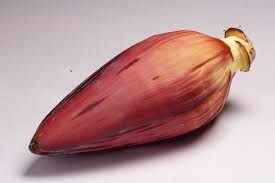
10 pieces string beans cut into 2 inches long.
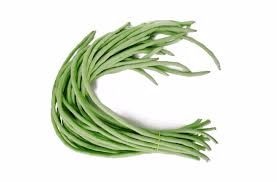
2 medium sized eggplant sliced diagonal 1 inch thick.
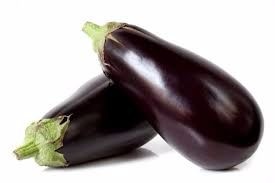
15-20 pieces Pechay leaves
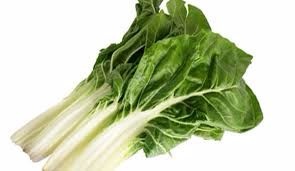
1/2 cup atsuete (anatto seads) soaked in hot water. use strainer to separate water from seeds. set aside, water will be used to give color to our kare kare.

2 cups Roasted peanuts, use food processor or blender to make it into peanut butter.
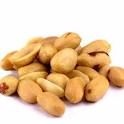
1 cup Roasted rice grains, grind until powdered in texture.
Image source for the ingredients are all from Google.
Procedure:
1. Boil Pork leg in 1 liter of water with 3 cloves garlic, pepper, a pinch of salt until tender. add water If broth would dry up before the meat gets tender.
2. add 2 cups peanut butter.
3. Add banana blossom. cook for 5-7minutes.
4. add string beans and eggplant. let boil for 5 minutes.
5. add anatto water. stir.
6. add roasted rice flour dissolved in 1cup water stir until thick in consistency.
7. lastly, add pechay leaves let boil then turn off the fire.
Alamang (Shrimp Paste)
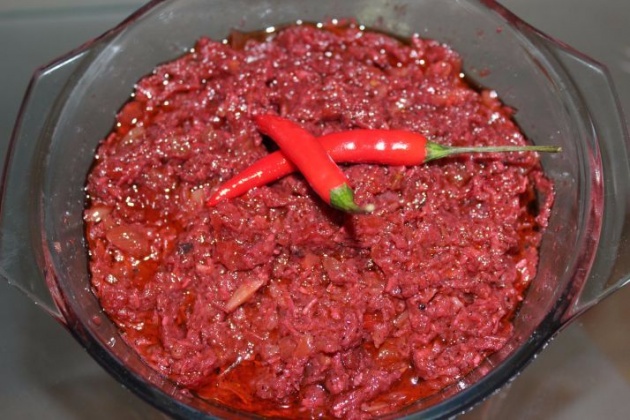
Image source : google.com
Bagoong alamang or "Ginamos" (in Western Visayas) is Filipino for shrimp paste, made from minute shrimp or krill (alamang) and is commonly eaten as a topping on green mangoes or used as a major cooking ingredient. Bagoong paste varies in appearance, flavor, and spiciness depending on the type. Pink and salty bagoong alamang is marketed as "fresh", and is essentially the shrimp-salt mixture left to marinate for a few days. This bagoong is rarely used in this form, save as a topping for unripe mangoes. The paste is customarily sauteed with various condiments, and its flavour can range from salty to spicy-sweet. The colour of the sauce will also vary with the cooking time and the ingredients used in the sauteeing. Cincalok is the Malaysian version of 'fresh' bagoong alamang.
Unlike in other parts of Southeast Asia and in Western Visayas,[9] where the shrimp is fermented beyond recognition or ground to a smooth consistency, the shrimp in bagoong alamang (in many parts of the Philippines) is readily identifiable, and the sauce itself has a chunky consistency. A small amount of cooked or sauteed bagoong is served on the side of a popular dish called "kare-kare", an oxtail stew made with peanuts. It is also used as the key flavouring ingredient of a sauteed pork dish, known as binagoongan (lit. "that to which bagoong is applied"). The word bagoong, however, is also connoted with the bonnet mouth and anchovy fish version, bagoong terong.
source: Wikipedia
Ingredients for Alamang
250 grams Shrimp Paste ( Alamang ) raw, cleaned. Make sure that small snails,bits of stones and fish are removed.
1 Tablespoon Minced Garlic
1 medium sized onion minced
2-3 pieces tomato sliced
2 Table spoon Brown sugar (Optional if you want your alamang to taste a little bit sweeter than the usual)
half cup water.
cooking oil
Procedure:
1. In a skillet saute Garlic until golden brown.
2. Add tomatoes. cook until the skin separate from the tomatoes.
3. Add onions.
4.next, add the alamang stir and cook for 5minutes.
5. Continue stirring to prevent the alamang from scorching.
6. add water and let it simmer
7. add sugar and let the water dissipate.
note: you may also add red hot chili peppers in your alamang if you prefer it spicy.
Below are some of the videos that will help you guide in cooking our native dish Kare kare.
A video on how to cook Kare kare courtesy of youtube.
A video on how to cook Sauteed Shrimp paste (alamang) courtesy of youtube.
I hope you guys liked my blog! thanks for taking time to read it! For more home made Filipino recipes kindly check my Blog sections here: blogs

